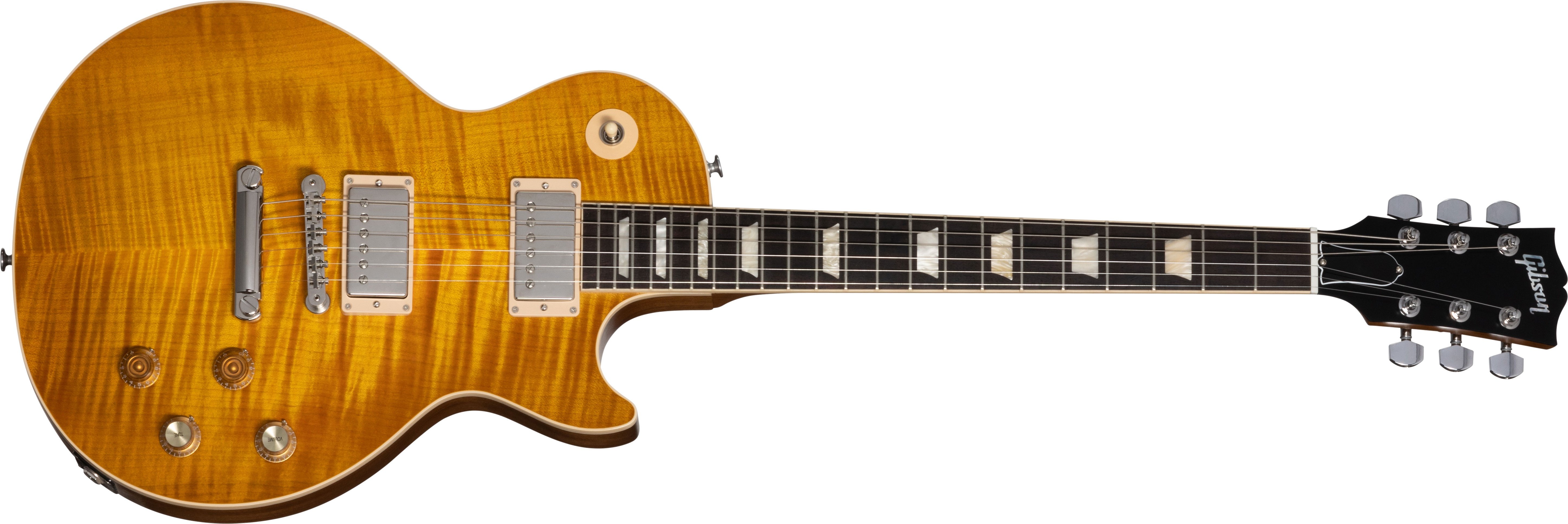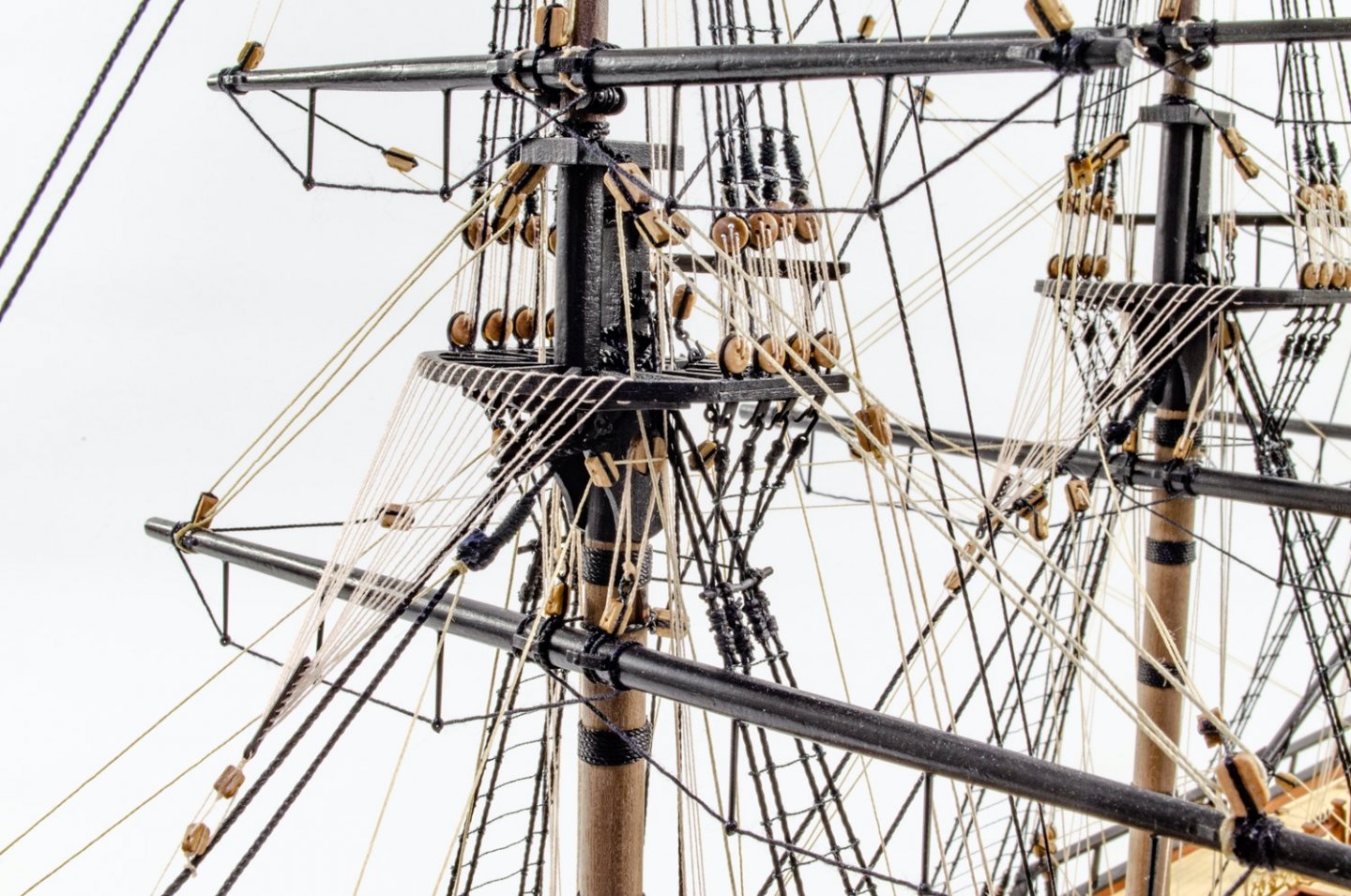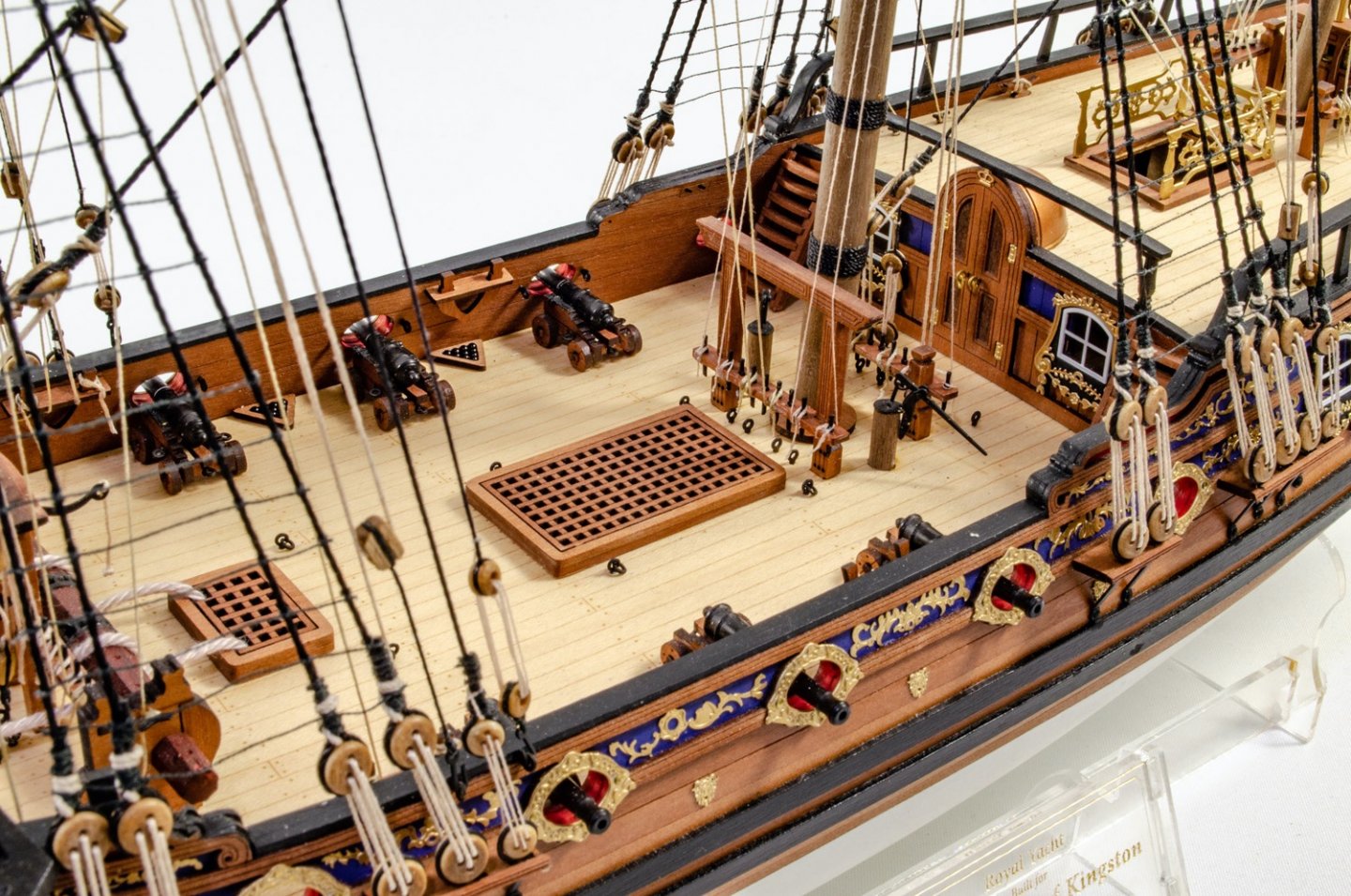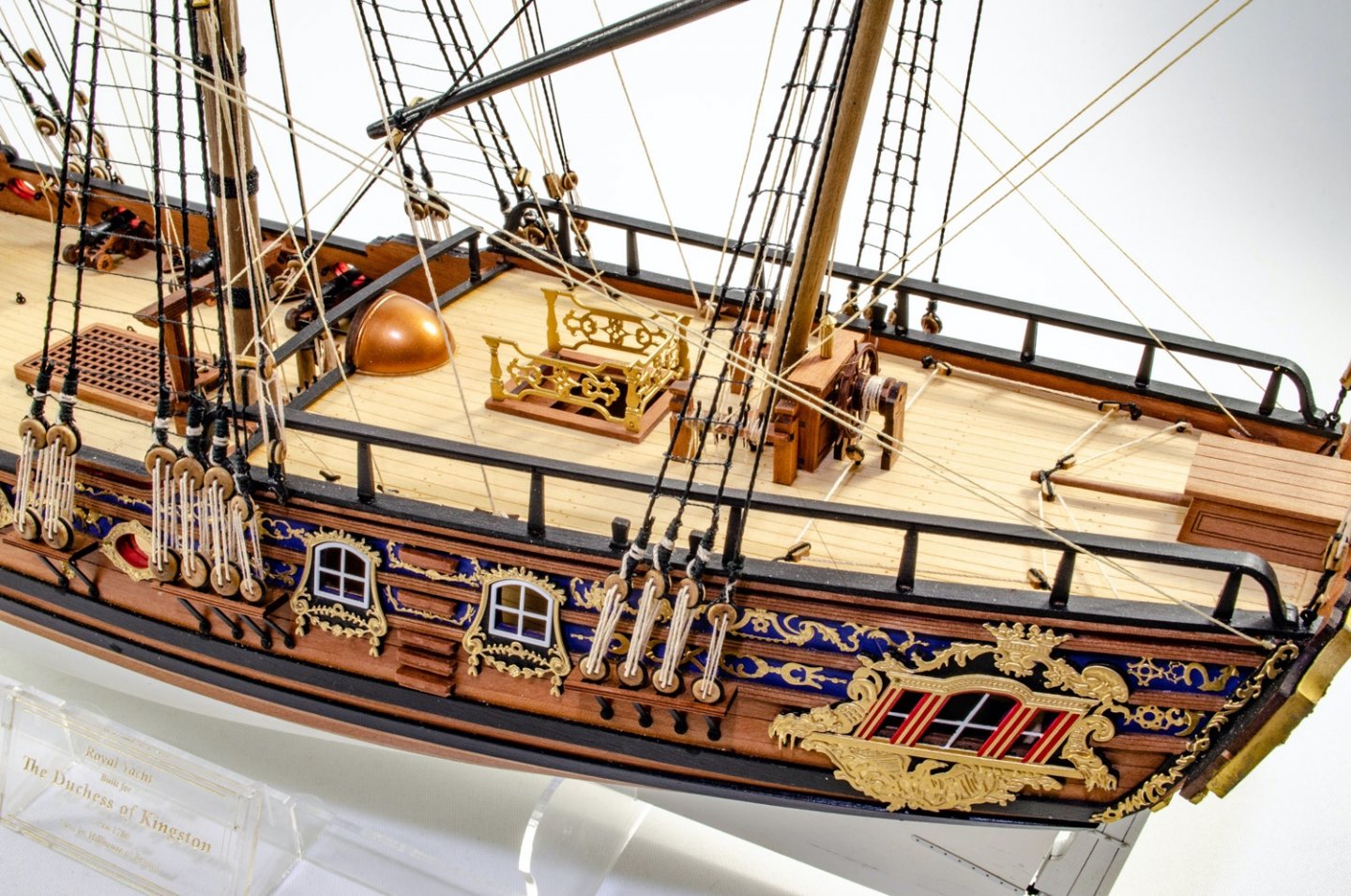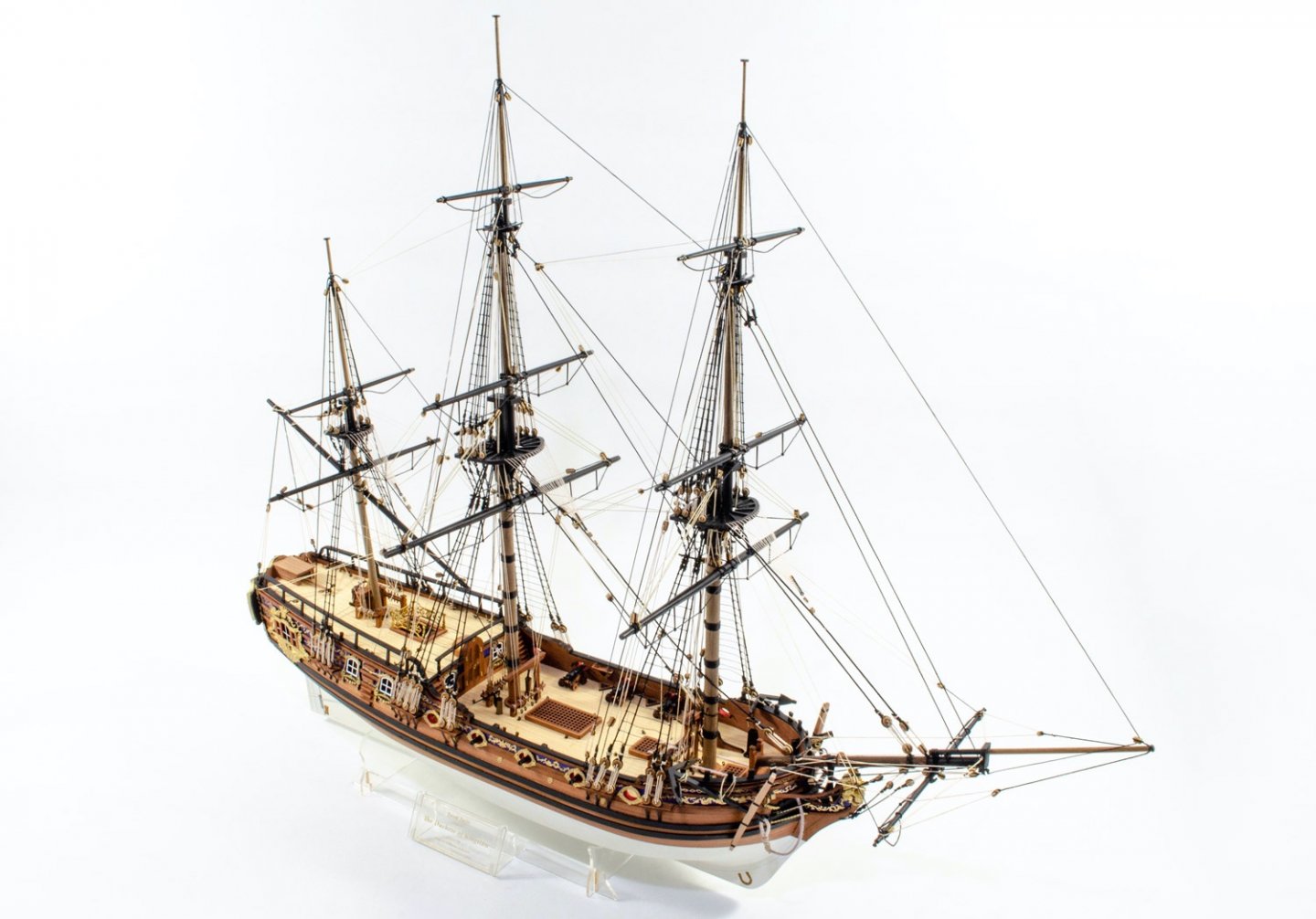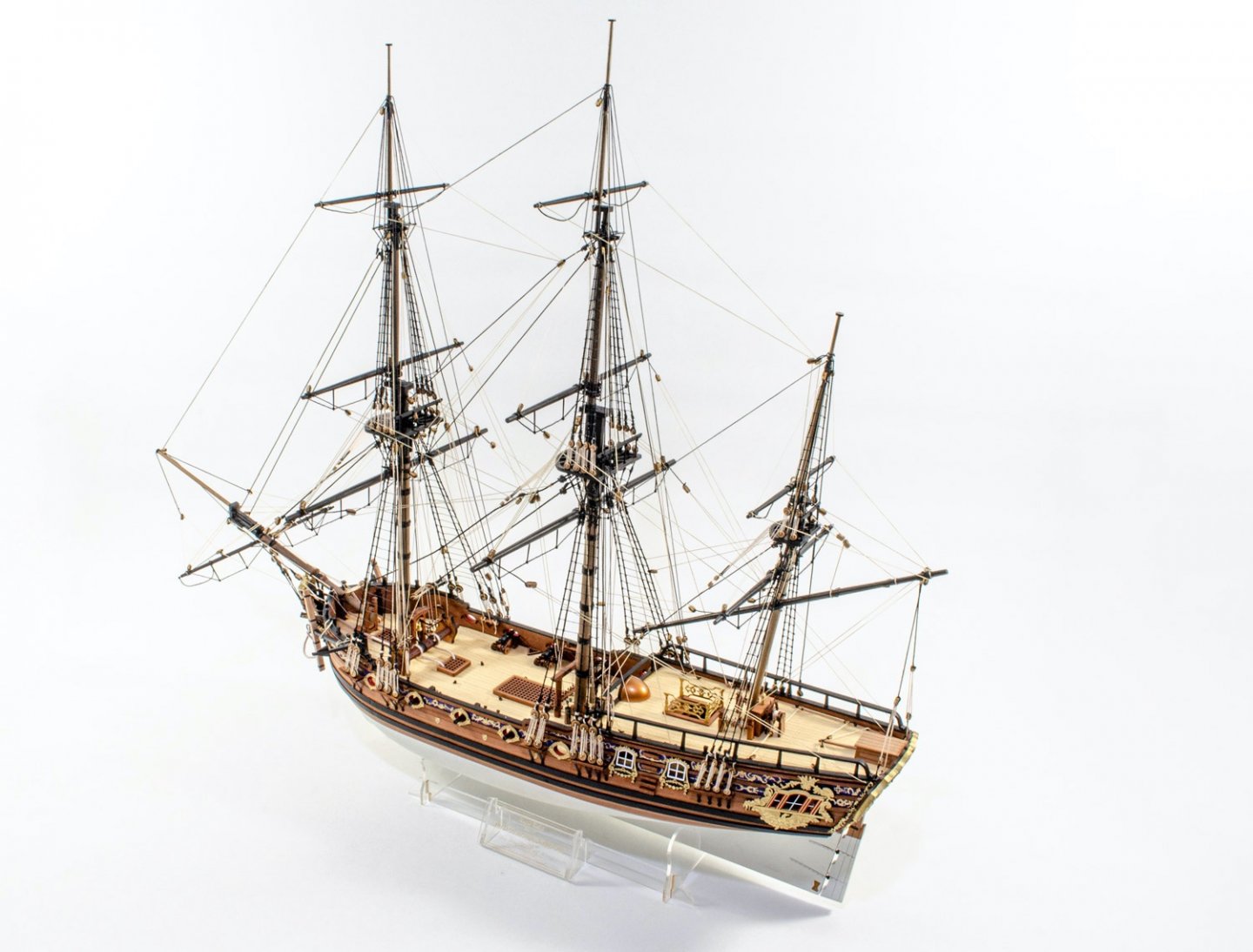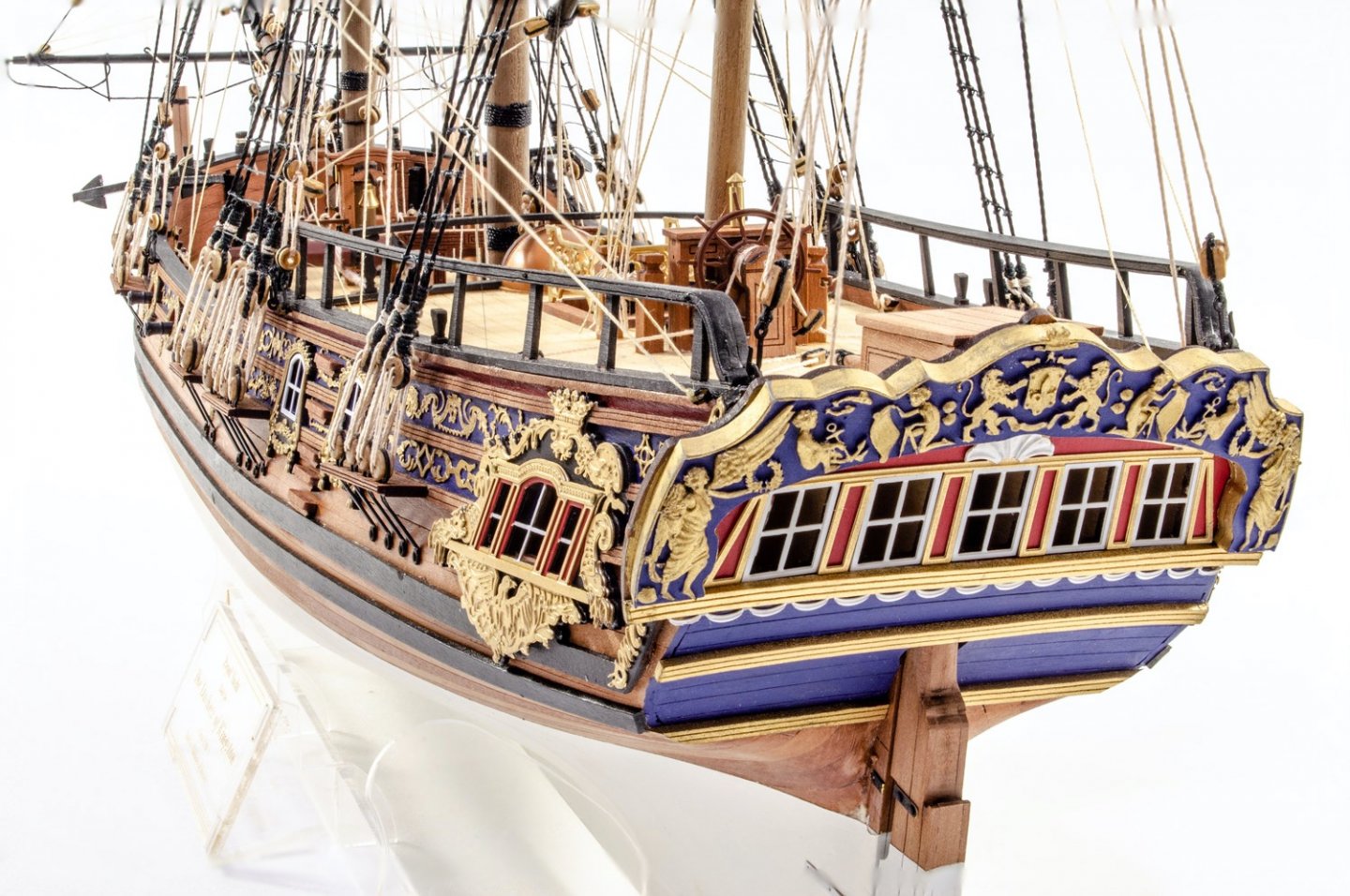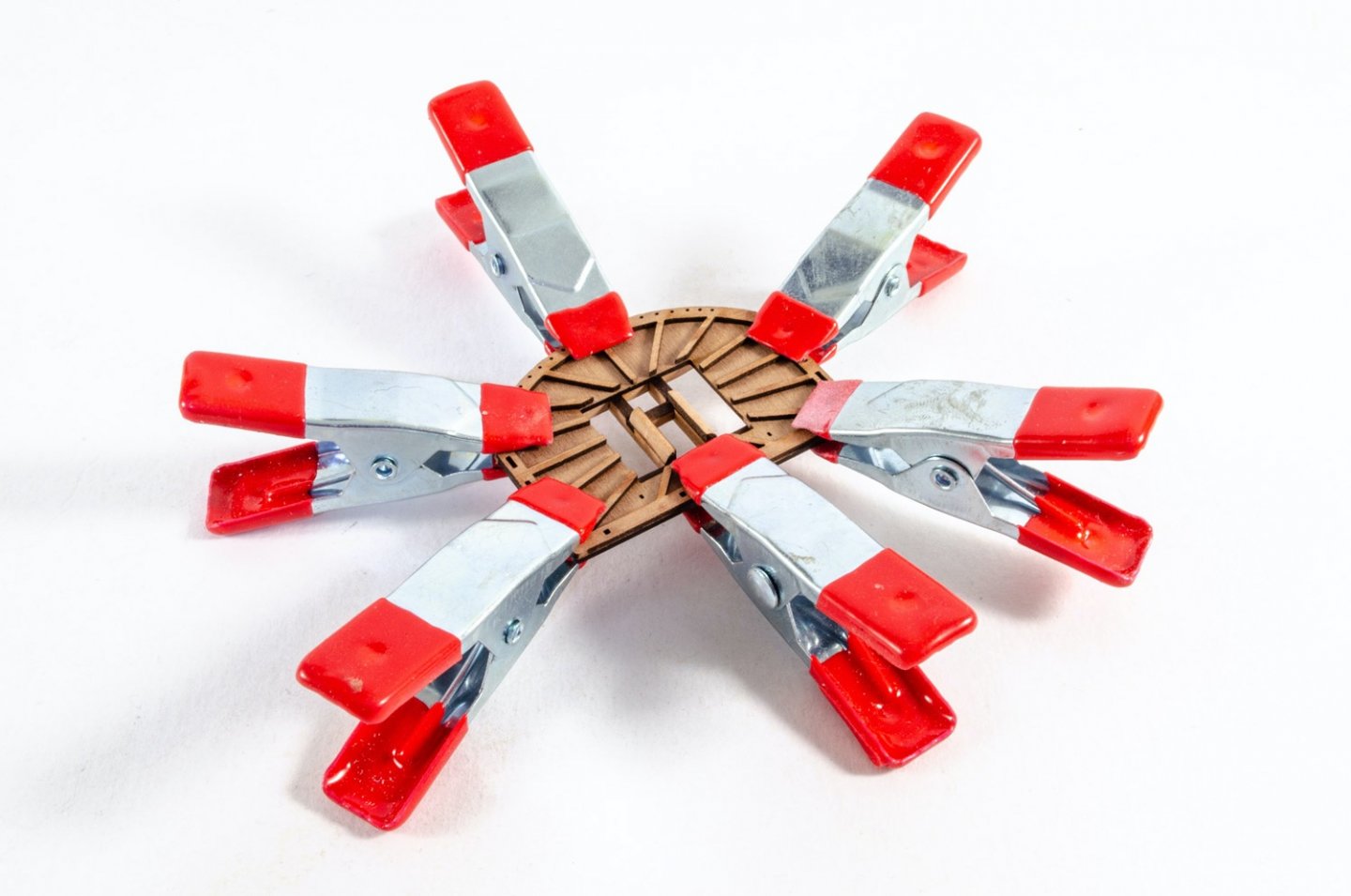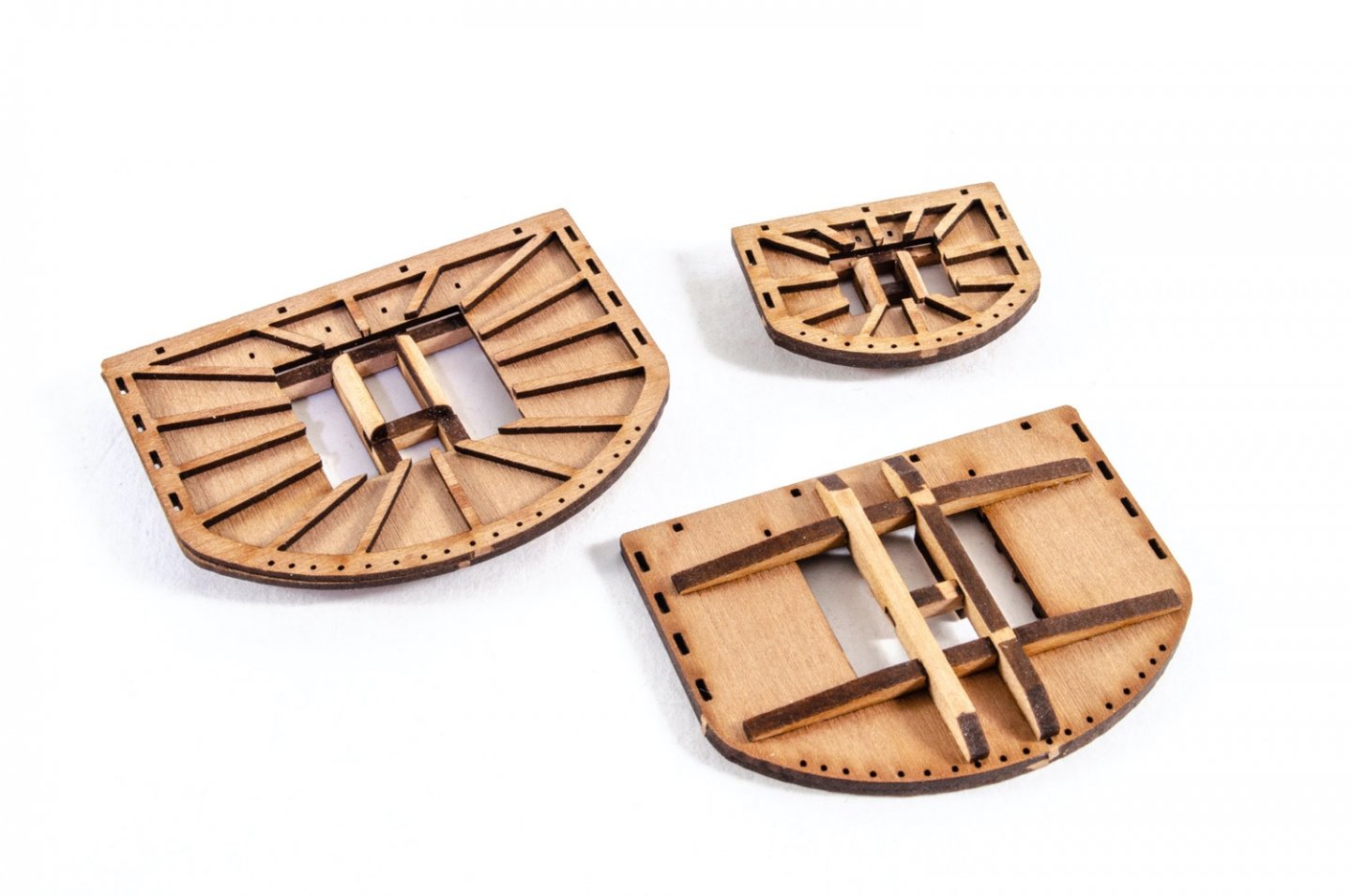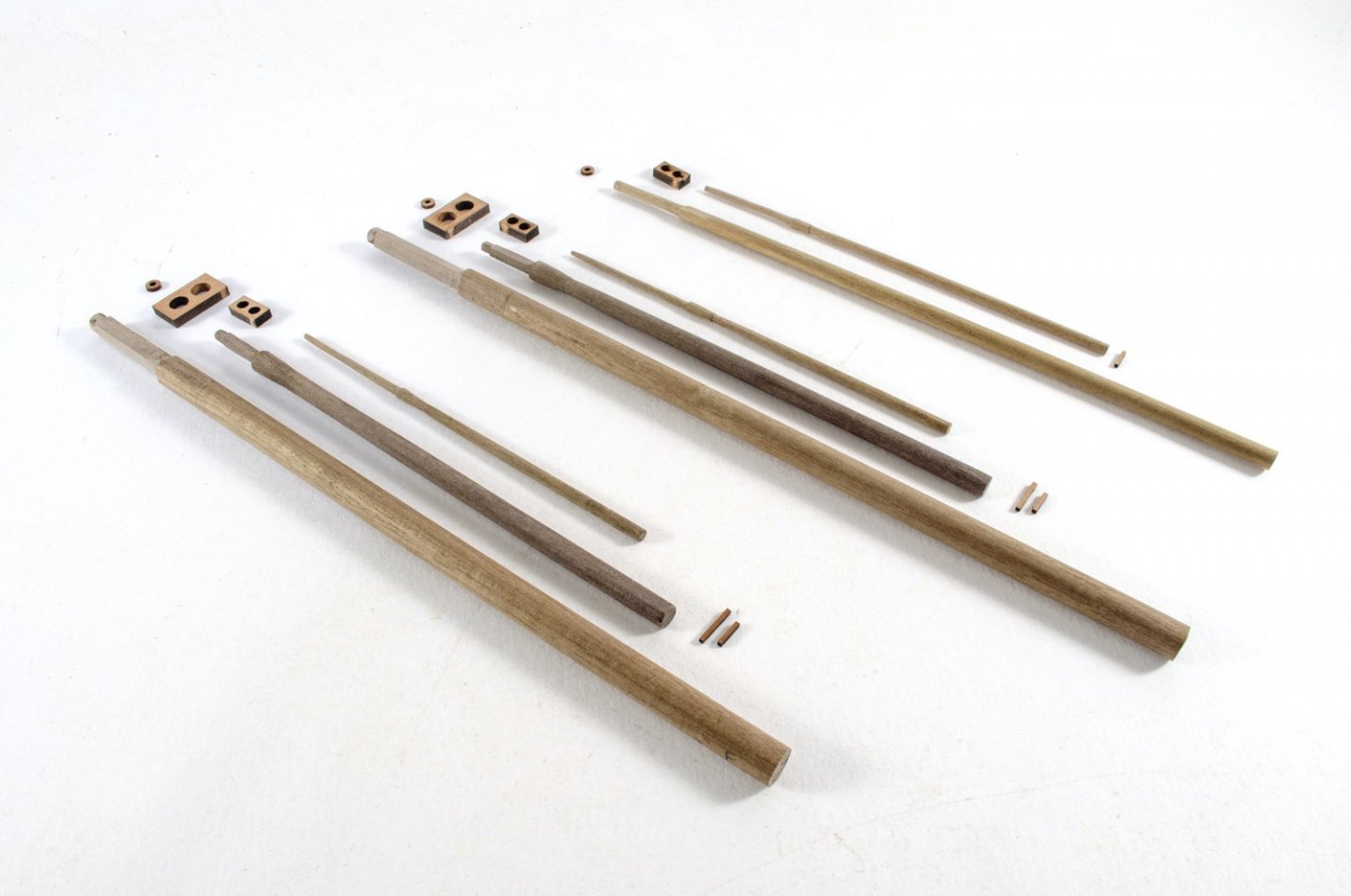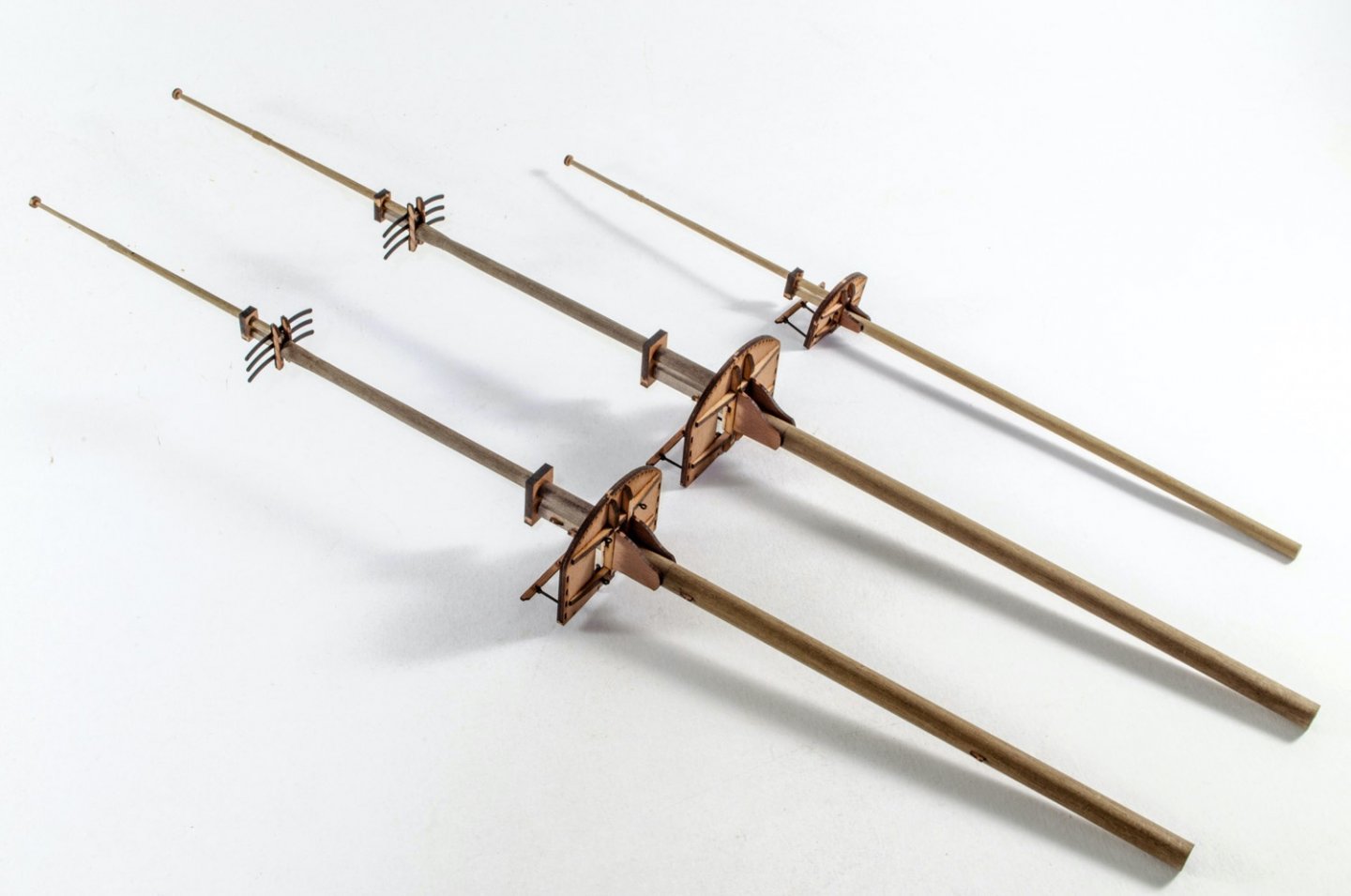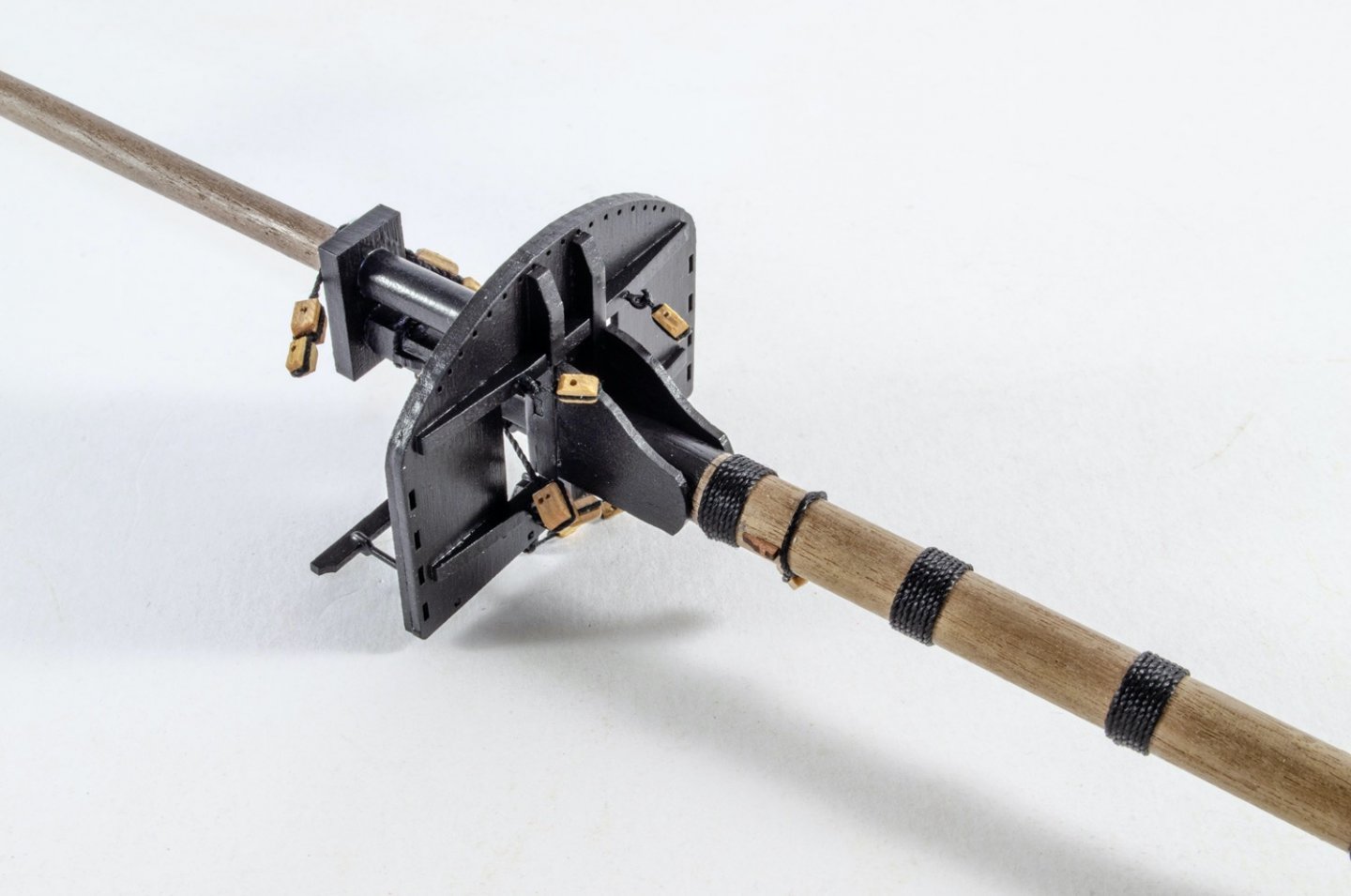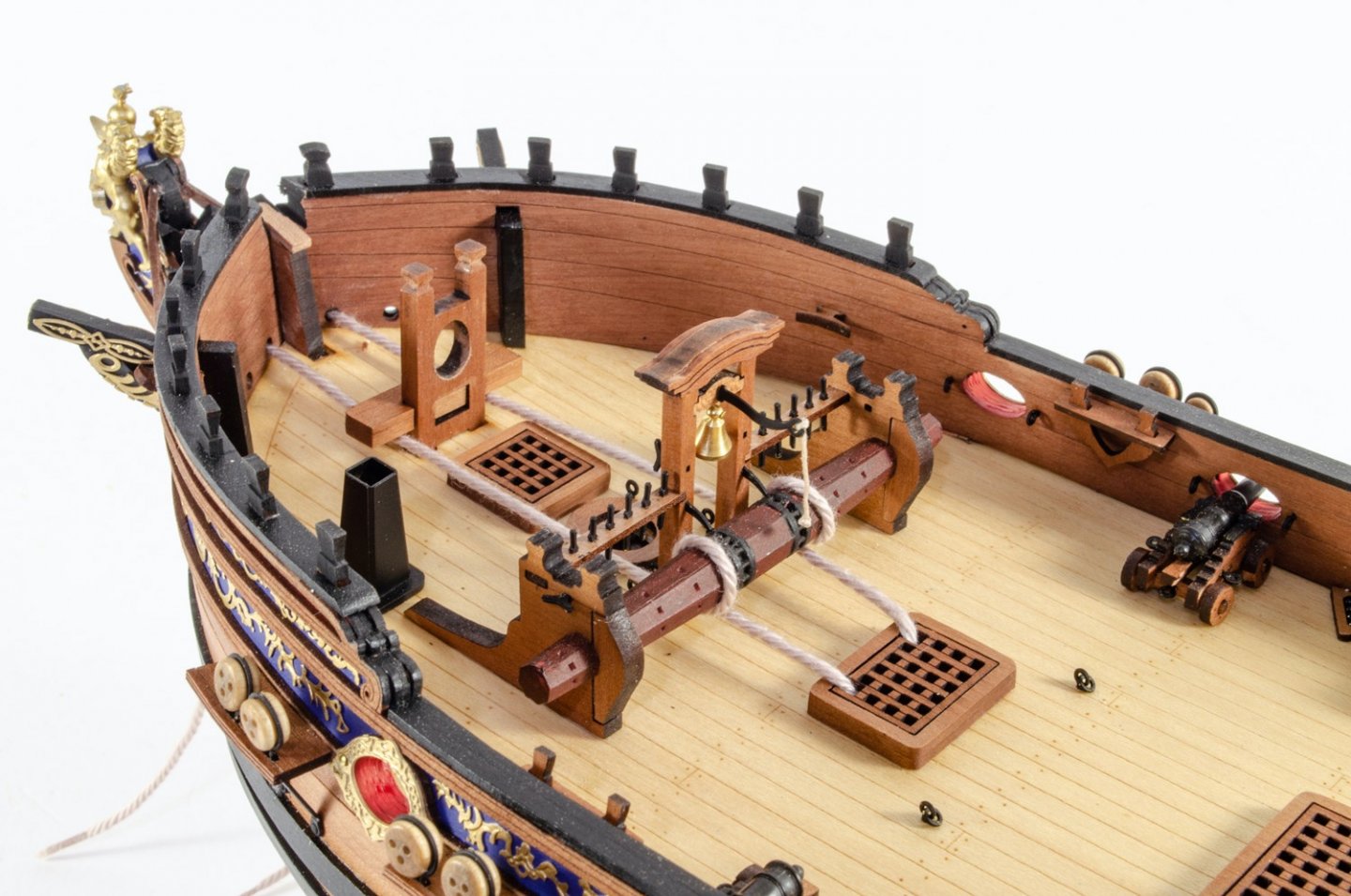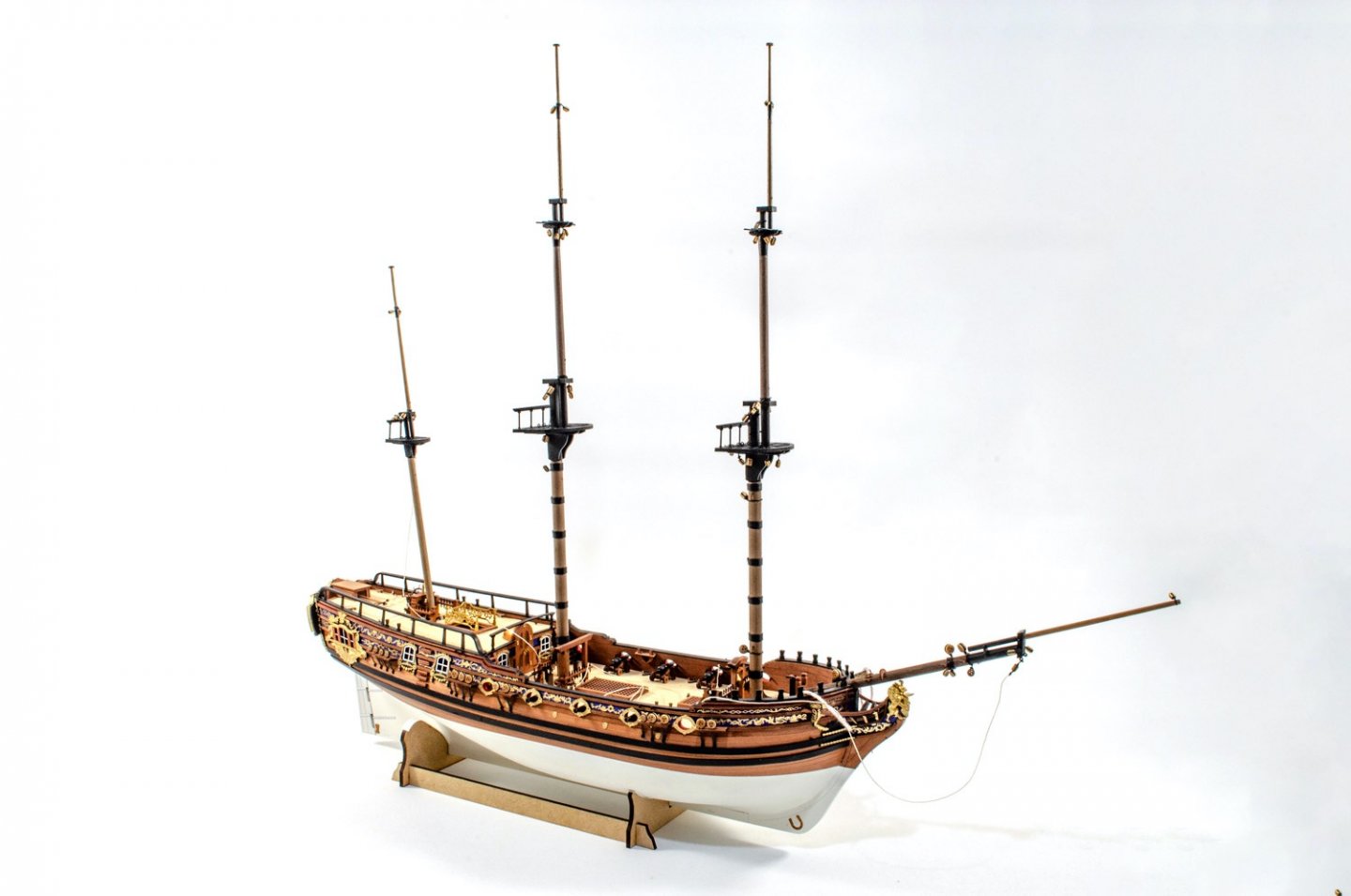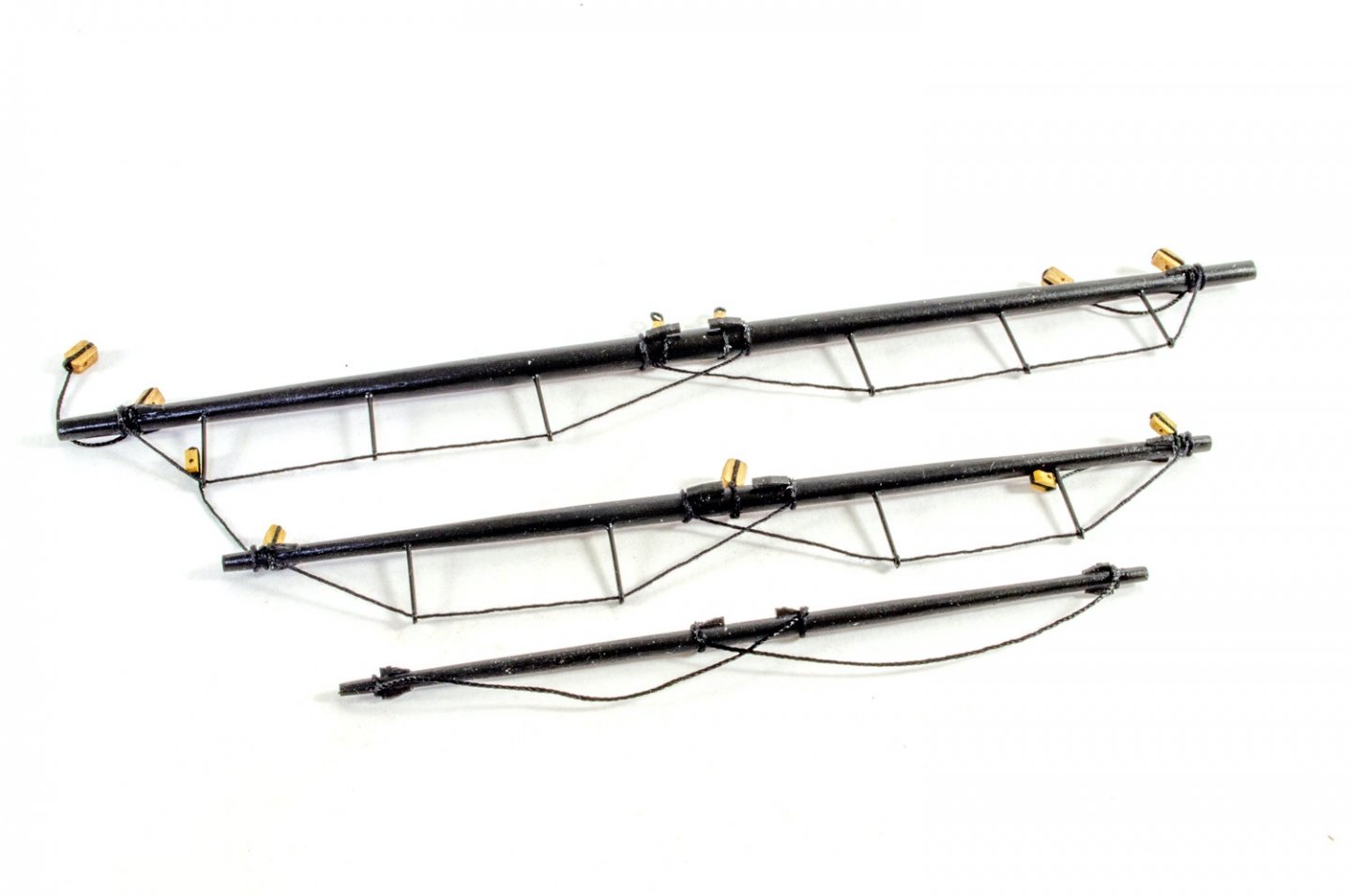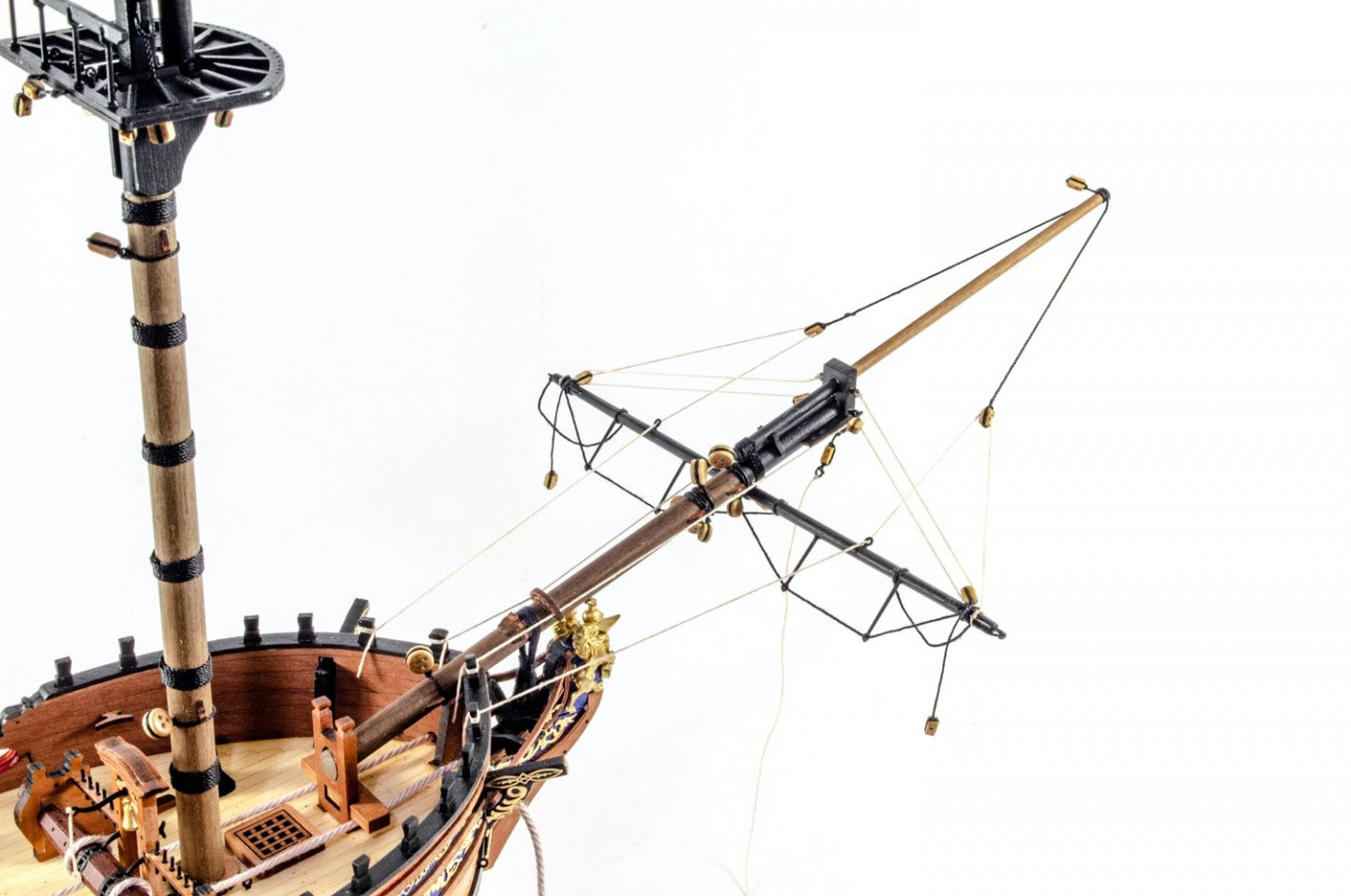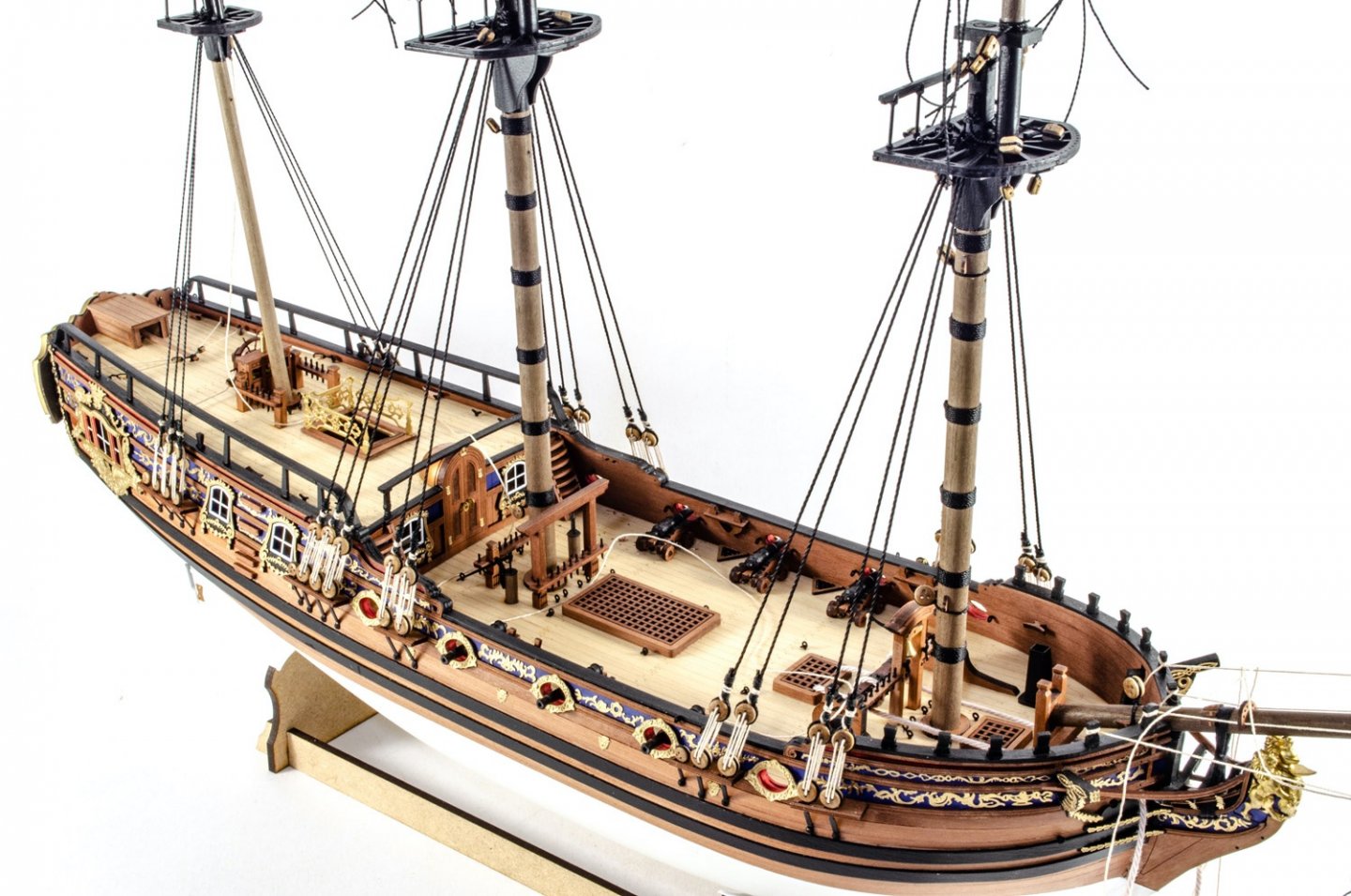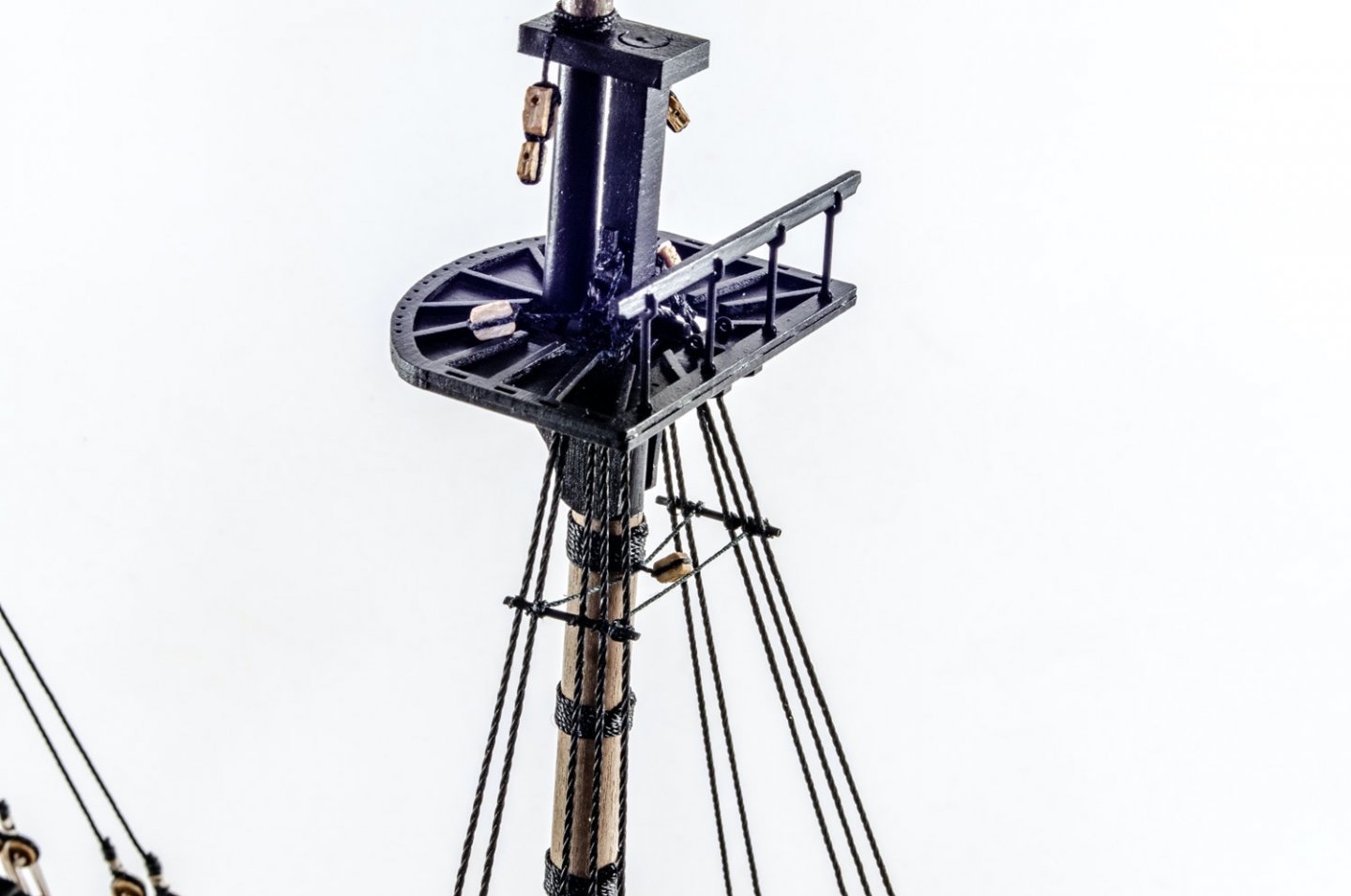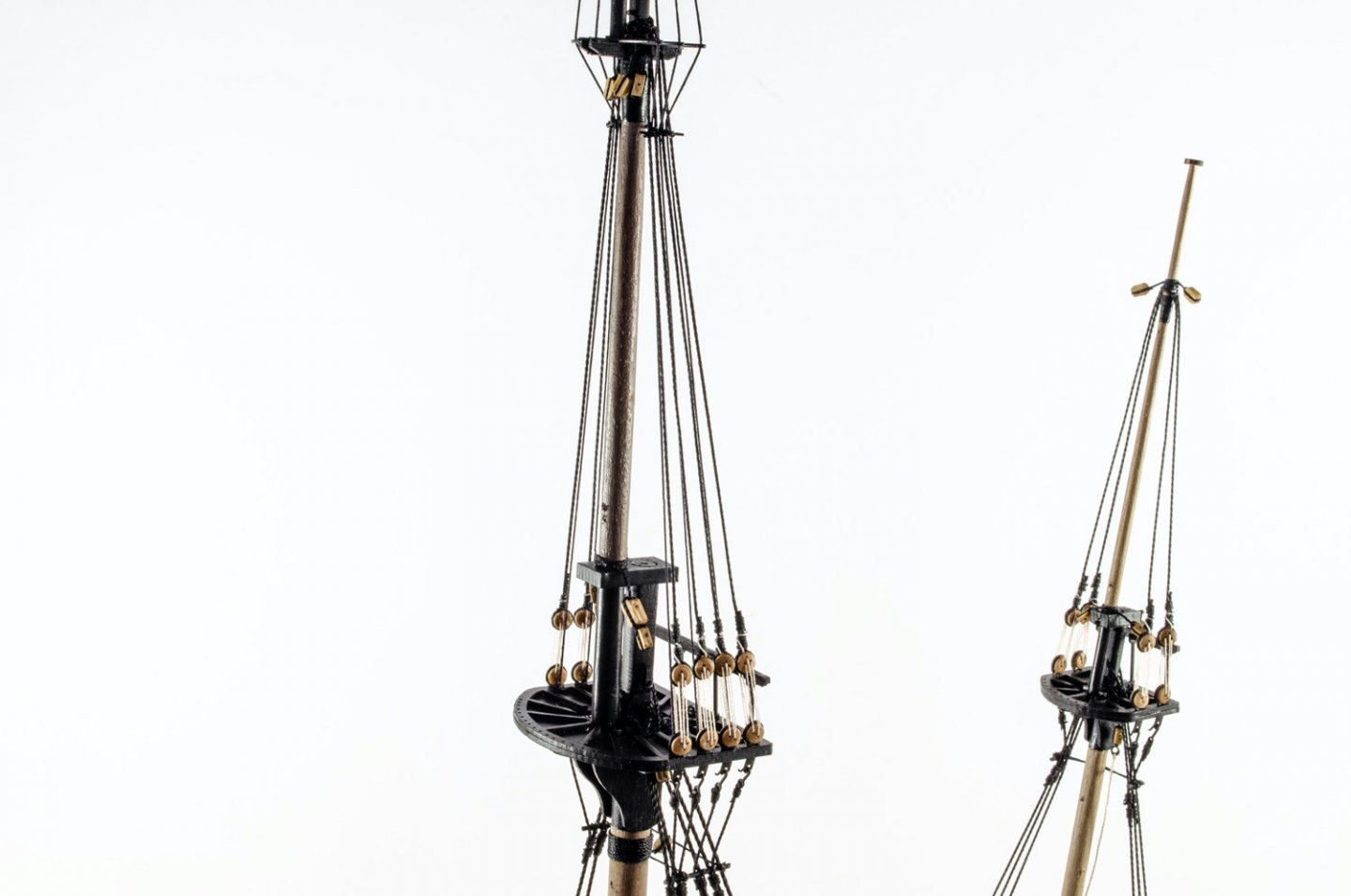-
Posts
6,062 -
Joined
-
Last visited
Content Type
Profiles
Forums
Gallery
Events
Everything posted by James H
-
The Duchess of Kingston was finished yesterday and today I spent some time doing the final photos for the instruction manual. I also did some images for the box art and they take a lot longer as I'm image stacking around 40 to 70 individual focus pictures to create a single, fully-focussed image. This was a beautiful build and I completed her in a few days over 10 weeks. Not bad considering that I've been back at work for 6 weeks now, and when I built Flirt, that took a whole 10 weeks of lockdown to complete. Hope you like her. Available either later today or tomorrow for pre-order at Vanguard Models.
- 117 replies
-
- vanguard models
- yacht
-
(and 2 more)
Tagged with:
-
Hi Tim, Firstly, welcome to MSW. Also, great to see you get this log started here. There's no such thing as dumb question. They are all valid and it's how we learn. We are all still learning in some way. Off to a great start. Take your time and ask as many questions as you need.
- 164 replies
-
- fly
- Victory Models
-
(and 4 more)
Tagged with:
-
Just beautiful. Now.....where's mine?
- 221 replies
-
- queen anne barge
- Syren Ship Model Company
-
(and 1 more)
Tagged with:
-
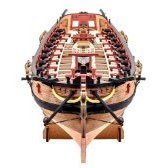
Help for the Noobies
James H replied to drjeckl's topic in Using the MSW forum - **NO MODELING CONTENT IN THIS SUB-FORUM**
I've pinned this topic for future reference. -

Help for the Noobies
James H replied to drjeckl's topic in Using the MSW forum - **NO MODELING CONTENT IN THIS SUB-FORUM**
-

ancre Coureur by cafmodel - 1/48
James H replied to cafmodel's topic in - Build logs for subjects built 1751 - 1800
Hi Tom, Sent you a message. -

New to modeling where to post a kit build for advice?
James H replied to bosco72's topic in New member Introductions
-
Click on the tags in the title above (shown in black) for an instant list of all the build logs for that kit subject.
-
- Dusek
- Statenjacht
- (and 15 more)
-
Click on the tags in the title above (shown in black) for an instant list of all the build logs for that kit subject.
-
- granado
- salamandre
-
(and 7 more)
Tagged with:
-
I was thinking about a very thin and narrow piece of ply, maybe about 4 inches long, and wrapped in abrasive paper. Anything with varying densities could mean than they'll not act as a bulwark against any internal irregularities.
- 312 replies
-
- enterprise
- caf
-
(and 1 more)
Tagged with:
-
She's looking great. I've never had to fair the inside of a hull before, so let me know how that goes.
- 312 replies
-
- enterprise
- caf
-
(and 1 more)
Tagged with:
-
Please ignore the main mast nearest shroud. I just needed to lift over a couple of lines to get everything into alignment at the mast top.
- 117 replies
-
- vanguard models
- yacht
-
(and 2 more)
Tagged with:
-
I reckon there's probably enough here to merit a quick update before this model is soon completed. Pretty sure I'm now in the last week of the build. I just spent Sunday plus Mon and Tue evenings doing the rats and they are now sealed before I do photos. Going back a little, the masts were the next things to be built, starting with the lower mast tops. Dead simple to build as you can see. Tapering the mast sections was a lot easier on my Proxxon lathe too. Before fitting the masts, I added the hawse cable and finally fitted the grating through which is runs. Then on with the masts! Yards are also nice and simple, with no hexagonal centre section, so these went together quite quickly before being painted and fitted out. Time to rig. Bowsprit (here just needing the bowsprit stays adding. One thing I really love doing are the shrouds (he says sarcastically). I like fitting those about as much as the catharpins and rats. 🤣 Here you can see the shrouds fitted, just waiting to be ratted. ...and that really IS it now until she's complete. Le Coureur will soon be sharing my bench with HMS Victory once I've done the final Duchess photos.
- 117 replies
-
- vanguard models
- yacht
-
(and 2 more)
Tagged with:
-

**NEW** Community Map
James H replied to James H's topic in Using the MSW forum - **NO MODELING CONTENT IN THIS SUB-FORUM**
We've just done an update on the map and you can now hover over a pin to see who it is. -
There's some stunning metalwork there
-

what is the best hand plank crimper
James H replied to ronald305's topic in Modeling tools and Workshop Equipment
Plastic plank crimpers do have their place and I still use them from time to time. I have Amati's plank nipper and always found it very useful. Of course, the electric ones are very nice, but the nipper is a simple tool that does its job as long as the internal nip surface isn't to be seen. -
No, I apply straight from a bottle of Gorilla Glue CA gel. It's quite controllable. I love the stuff and it's been a godsend this last 7 months since I've been working for Vanguard. https://smile.amazon.co.uk/Gorilla-4044400-15g-Superglue-Gel/dp/B01KVQKG9C/ref=sr_1_56?dchild=1&keywords=gorilla+glue&qid=1602102905&sr=8-56
- 222 replies
-
- First Build
- Lady Isabella
-
(and 2 more)
Tagged with:
-
For second plank, I don't edge glue. I can't see the point as the planks won't be moving anywhere. I do bevel the edges of the planks to make them sit as close as possible to the previous. Also, those little gel dots are maybe 2mm apart, roughly, and quite small.
- 222 replies
-
- First Build
- Lady Isabella
-
(and 2 more)
Tagged with:
-

**NEW** Community Map
James H replied to James H's topic in Using the MSW forum - **NO MODELING CONTENT IN THIS SUB-FORUM**
I have asked the developer about this. If you double click on a marker, or right click (I think, as I'm on a Mac), I do see who the marker is, but that should be a simple hover function. -

**NEW** Community Map
James H replied to James H's topic in Using the MSW forum - **NO MODELING CONTENT IN THIS SUB-FORUM**
You're not trying to scroll the one a few posts up? That's a screenshot only. Look at the first image and it will tell you where to find it on the menu at the top of the site. -

**NEW** Community Map
James H replied to James H's topic in Using the MSW forum - **NO MODELING CONTENT IN THIS SUB-FORUM**
I see 'UK' as your location under your avatar. I mean that the system looks at your location and translates it to a marker on the map. -

**NEW** Community Map
James H replied to James H's topic in Using the MSW forum - **NO MODELING CONTENT IN THIS SUB-FORUM**
Just zoom out and scroll the map.
About us
Modelshipworld - Advancing Ship Modeling through Research
SSL Secured
Your security is important for us so this Website is SSL-Secured
NRG Mailing Address
Nautical Research Guild
237 South Lincoln Street
Westmont IL, 60559-1917
Model Ship World ® and the MSW logo are Registered Trademarks, and belong to the Nautical Research Guild (United States Patent and Trademark Office: No. 6,929,264 & No. 6,929,274, registered Dec. 20, 2022)
Helpful Links
About the NRG
If you enjoy building ship models that are historically accurate as well as beautiful, then The Nautical Research Guild (NRG) is just right for you.
The Guild is a non-profit educational organization whose mission is to “Advance Ship Modeling Through Research”. We provide support to our members in their efforts to raise the quality of their model ships.
The Nautical Research Guild has published our world-renowned quarterly magazine, The Nautical Research Journal, since 1955. The pages of the Journal are full of articles by accomplished ship modelers who show you how they create those exquisite details on their models, and by maritime historians who show you the correct details to build. The Journal is available in both print and digital editions. Go to the NRG web site (www.thenrg.org) to download a complimentary digital copy of the Journal. The NRG also publishes plan sets, books and compilations of back issues of the Journal and the former Ships in Scale and Model Ship Builder magazines.

